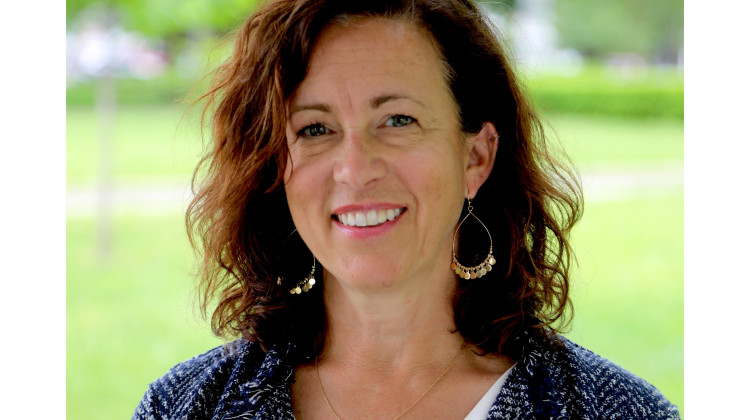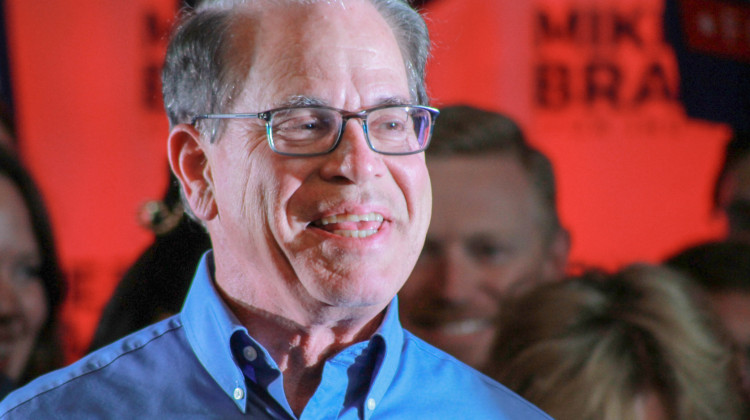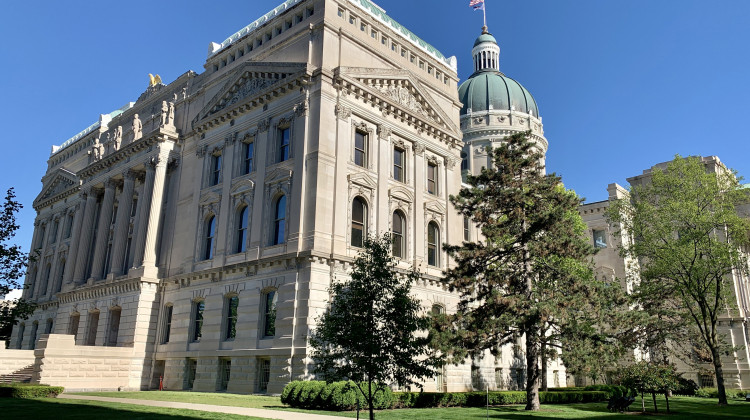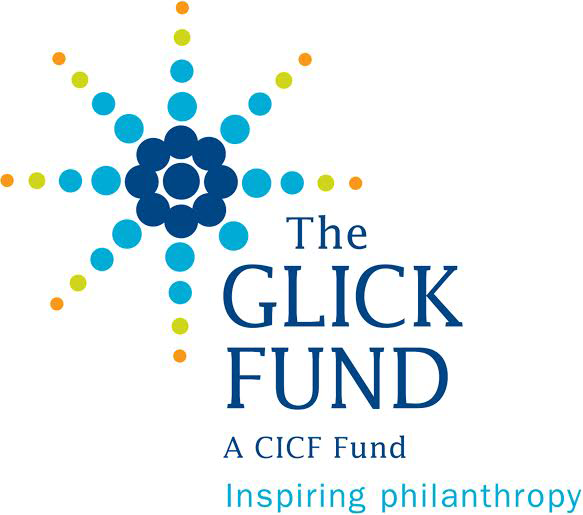Poverty isn't just a lack of money. When you're poor, it's a way of life. It can shape where you live, what you eat, how healthy you are, and what jobs you can get.
Over 900,000 Hoosiers live under the federal poverty level. They are mothers and fathers, many who work long hours on multiple jobs to pay their bills, and children, many who routinely go to bed with empty stomachs.
But for the federal government, poverty starts out as a number.
Every year the federal U.S. Census Bureau calculates what it calls the poverty threshold, based on the cost of food. The figure is used for statistical purposes.
Then the Department of Health and Human Services uses that figure to create the poverty guideline.
This single set of numbers covers 48 states (Alaska and Hawaii get their own).
In 2017, for a family of three to be considered living in poverty, they must make less than $20,420 a year.
And that number, the poverty guideline, is the one that really matters. It’s the line that separates those who get help from federal programs, like reduced school lunch and subsidized Medicaid, from those who don’t.
The federal government’s definition of poverty hasn’t changed much since the 1960’s. But some say the standard is too low, and it’s prompted independent groups around the country to create their own.
Every year researchers at the University of Washington calculate the self-sufficiency standard for states around the country.
In addition to food costs, the self-sufficiency standard considers the cost of housing, transportation, child care, health care, and local taxes.
For a family of three in Marion County to be considered self-sufficient they must make at least $44,941 – more than double the federal poverty line.
For reference, a single parent in Marion County with a full-time minimum wage job makes about $15,000 a year.
You can calculate the self-sufficiency standard for your location and family size right here.
Jessica Fraser is director of the Indiana Institute of Working Families, an advocacy group that promotes policies to help families achieve self-sufficiency.
“In [the self-sufficiency standard] we don’t even include birthday or Christmas presents for your kids,” Fraser says. “We don’t include going out for coffee, or a pizza. It’s as bare bones as it gets.”
The push to raise income limits on social programs has worked, in certain cases. The guideline for certain federal programs are multipliers of the poverty guideline – the federal food stamp program is set at 130 percent, reduced lunch for kids at 185 percent.
“That, in my mind, is sort of an acknowledgment that this isn’t helping everyone,” Fraser says.
Fraser says there haven't been significant efforts to change the poverty guideline in recent years.
Below is the complete list of federal programs that use some variation of the federal poverty guideline. You can click each one for more information.
Department of Health and Human Services
- Community Services Block Grant
- Head Start
- Low-Income Home Energy Assistance Program (LIHEAP)
- Parts of Medicaid (31 percent of eligibles in Fiscal Year 2004)
- Hill-Burton Uncompensated Services Program
- AIDS Drug Assistance Program
- Children’s Health Insurance Program
- Medicare – Prescription Drug Coverage (subsidized portion only)
- Community Health Centers
- Migrant Health Centers
- Family Planning Services
- Health Professions Student Loans — Loans for Disadvantaged Students
- Health Careers Opportunity Program
- Scholarships for Health Professions Students from Disadvantaged Backgrounds
- Job Opportunities for Low-Income Individuals
- Assets for Independence Demonstration Program
Department of Agriculture
- Supplemental Nutrition Assistance Program (SNAP) (formerly Food Stamp Program)
- Special Supplemental Nutrition Program for Women, Infants, and Children (WIC)
- National School Lunch Program (for free and reduced-price meals only)
- School Breakfast Program (for free and reduced-price meals only)
- Child and Adult Care Food Program (for free and reduced-price meals only)
- Expanded Food and Nutrition Education Program
Department of Energy
Department of Labor
- Job Corps
- National Farmworker Jobs Program
- Senior Community Service Employment Program
- Workforce Investment Act Youth Activities
Department of the Treasury
Corporation for National and Community Service
Legal Services Corporation
Data from the United States Census Bureau and The Center for Women’s Welfare
 DONATE
DONATE







 View More Programs
View More Programs


 Support WFYI. We can't do it without you.
Support WFYI. We can't do it without you.